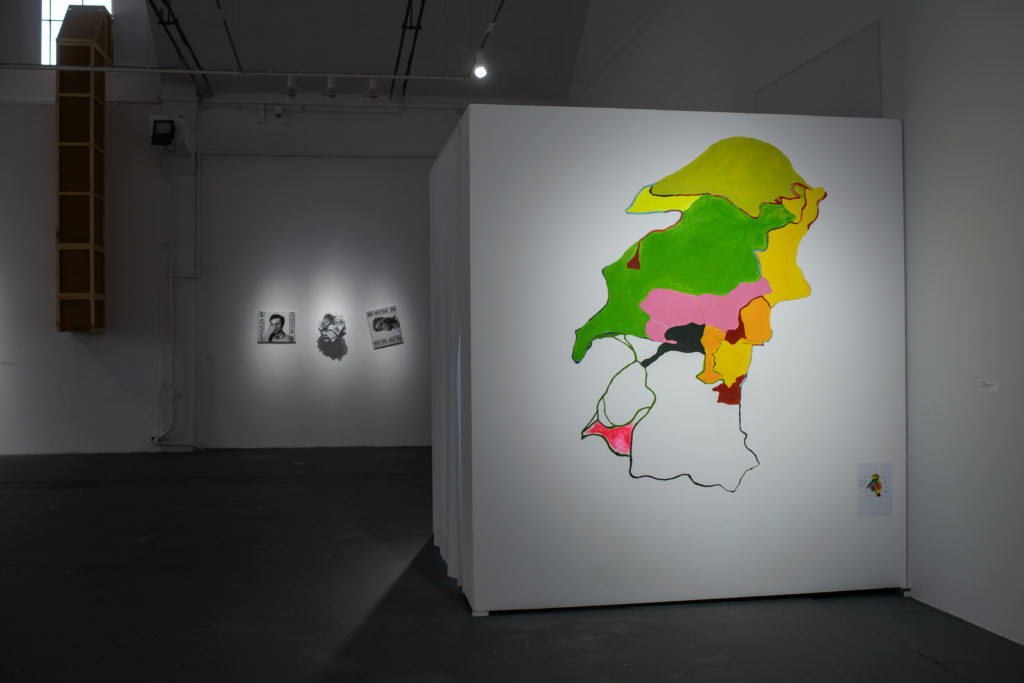Born in 1992 in Puławy, Poland, she is studying at the Studio of Spatial Activities of Professor Mirosław Bałka, Studio of Audiovisual Space of Professor Grzegorz Kowalski, Studio of Painting Space of Professor Leon Tarasewicz and Dr Paweł Susid, and the studio of Photographic Narrative of Professor Prot Jarnuszkiewicz at the Faculty of Media Art of the Academy of Fine Arts in Warsaw. Gryka works in the fields of performance art, painting, video and object. She concentrates on issues that are impossible to verbalise, on human identity and image, as well as human entanglement in the socio-political sphere. Working with the viewer is as essential aspect of her works. Participant of many exhibitions in Poland and abroad at the Trafo Centre for Contemporary Art, Szczecin; BWA, Tarnów; A3 Gallery, Moscow; Gdańsk City Gallery; Studio Gallery, Warsaw; Lokal 30, Warsaw; Salon of the Academy, Warsaw; Otwock Studio; Raczej Gallery, Poznań; Monopol Gallery, Warsaw; Museum of the History of Wola, Warsaw; Fondazione Pastificio Cerere; Rome; Biennale Wro Test Exposure, Wrocław, among other venues and events.

Barbara Gryka, Love Doesn’t Exist in Every Country [GL], mural, 2016/2017, photo by Wojciech Pacewicz
In her work Polish artist removes certain borders only to replace them with others, in order to show how politically motivated hatred, in this case homophobia and persecution of homosexuals, does not simply refer to the borders of one country, but spreads across the countries. She juxtaposes the shapes of countries and counties where assaults or breaking human rights of LGBT people have happened, such as Fort Colins (USA), where a teenager was severely beaten for homosexuality, but also Cracow, Russia and Brazil. Lublin is also on the map, because there is a clinic “treating sexual orientation” there. Murders motivated by sexual orientation still happen even in the most allegedly progressive” countries in the world. Out of homophobic places Gryka creates a “supercountry of shame”, giving them multicolored look, just as in the LGBT community’s rainbow flag.


